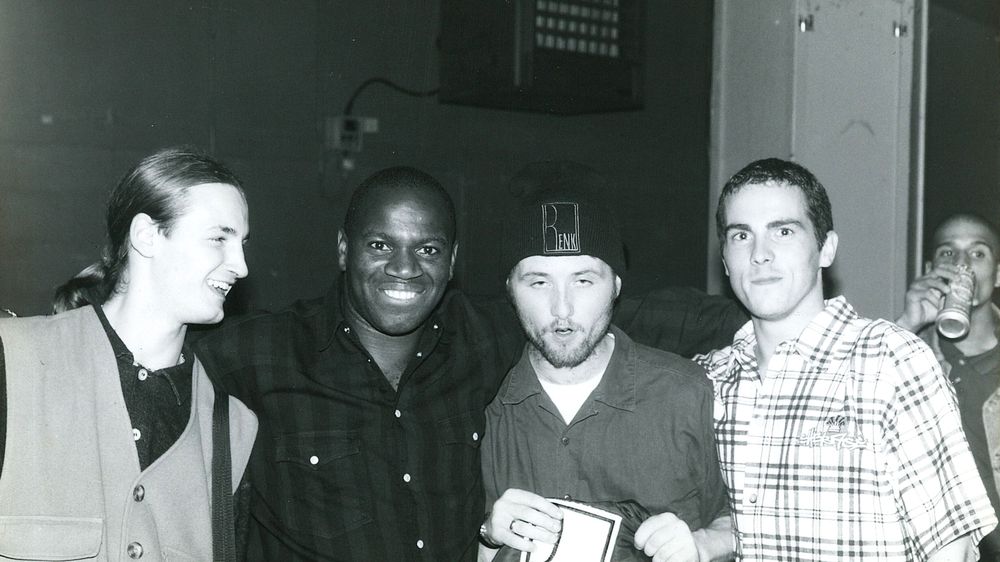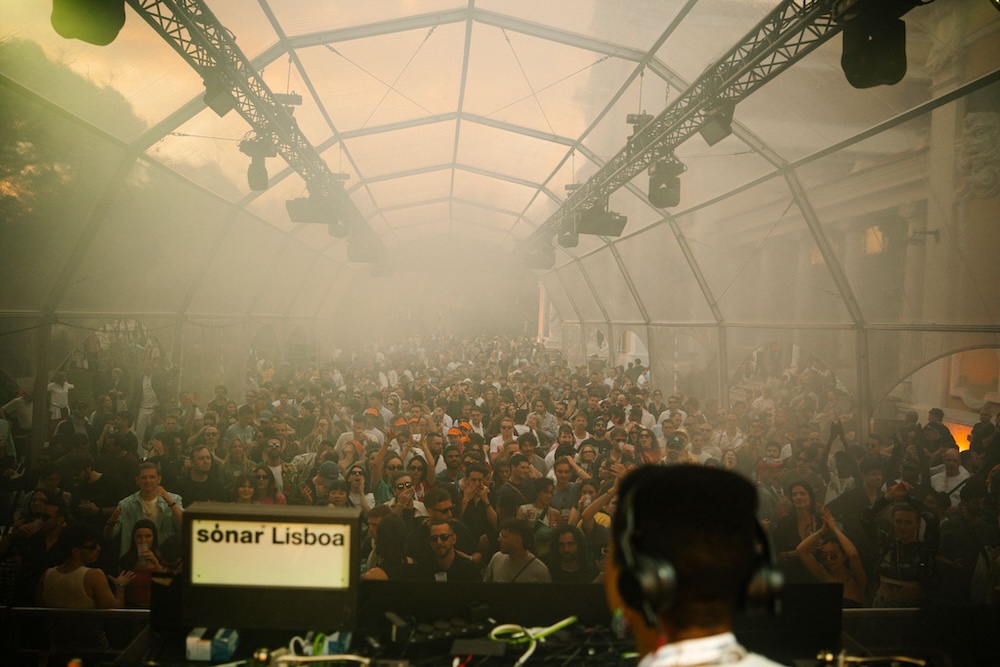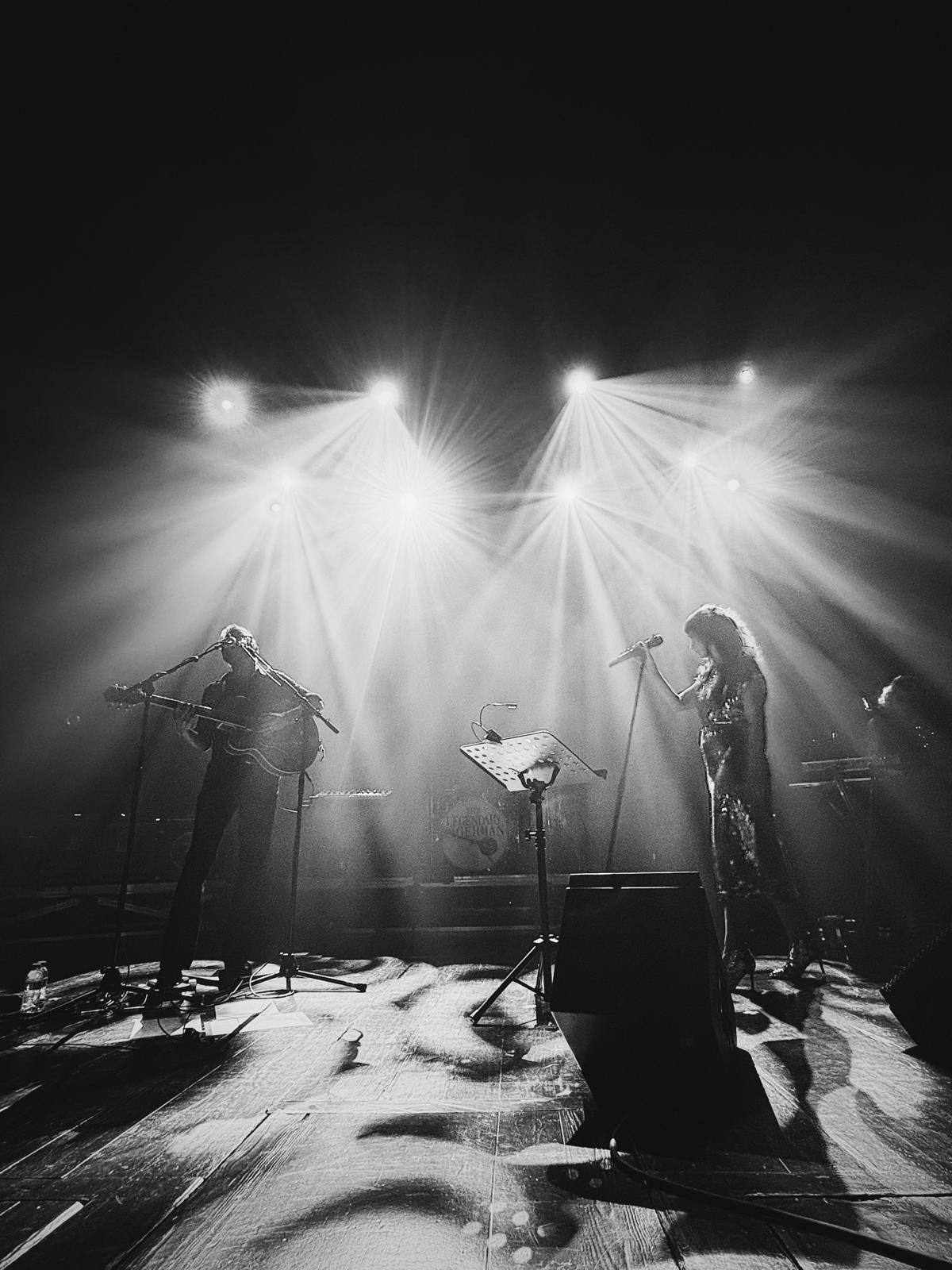The Pirates of Waltham Forest

On Easter 1964, the great milky void above London was shot through with electromagnetic radiation generated entirely outside of the purview of the British government. Traveling at the speed of light, this renegade transmission was devised to disseminate something truly powerful, emergent and radical upon the denizens of the metropolis…pop music. These were potent radio waves, however they originated not from one of the prestigious studios of the BBC, but from a 702-ton former Danish passenger ferry called the Fredericia, which sat anchored off the coast of Felixstowe, Suffolk.
London’s first radio station to broadcast without the requisite legal license in place, Radio Caroline would prove to be ground-zero for a uniquely English creative revolution. Over the course of the ensuing 25 years, the BBC would create Radio 1 explicitly in the image of early illegal stations like Radio Caroline and others (even luring the legendary John Peel away from a life of illegal radio), the government would increase the urgency with which they would crack down on these stations to preserve the broadcasting monopoly of the BBC, and the illegal stations themselves would become proudly, defiantly known as ‘pirates’.
The ‘pirates’ tag had stuck from the Fredericia and others in the 1960s who had similarly broadcast first from ships, and eventually from the hulking, abandoned World War II sea forts stippled eerily around the coastline. As the government silenced the seaborne pirates towards the end of the decade, the 1970s and 80s saw a renaissance of illegal transmission erupt across London’s urban zones. The pirates had been pushed inland, and there they found fertile ground to evolve and expand. Perhaps the most crucial chapter in this evolution unfolds in the late 1970s, as London’s immigrant communities and ethnic minorities embrace pirate radio and in short order set about revolutionising it into a platform for musical abundance and essential representation.
“There is very little left of the informal city now, and pirate radio. . .might be the last bastion of truly autonomous, urban working-class self expression – autonomous in the sense that it is possible to make a living from it, without the approval, or profit extraction, of the whiter, wealthier established British culture industries.” – Dan Hancox Inner City Pressure (2018)
By the middle of the1980s a robust precedent for what would soon emerge had been set by stations like West London’s sublime and exquisitely named Dread Broadcasting Corporation. As the UK’s fist black-owned radio station, DBC would prove to be integral not only in their championing of radical independent music in the form of soca, calypso, hip-hop and many strains of reggae, but also for they and their pirate peers’ commandeering of the rooftops of the city’s soaring tower blocks as nests for their transmitting aerials. With this course charted before the sun would dip on the 1980s, all that was needed was a radical and rebellious cultural movement that could not only thrive in symbiosis with the pirates, yet revolutionise them once again.
“Acid house was the main genre for us and as it evolved, we evolved with it. We went on the air in early ’89 and everyone knew it was a local station done by local people, so it was fantastic going down the market and every shop’s playing the station and cars are passing by playing it. The atmosphere in Walthamstow was great. Everyone was happy to get involved if you did something locally, everyone was happy to turn up and everyone had a good time.” – Mike Stone (Dance FM), Walthamstow, 2019
The Second Summer of Love had beat a path to Waltham Forest by the closing year of the 1980s and seized the imaginations not only of many young ravers, but also the aspiring pirates who would feed those ravers a steady diet of innovative new music. 1989 saw the genesis of two of the borough’s most eminent and enduring illegal stations, Walthamstow’s Dance FM and Leyton’s Friends FM. Fusing the ingenuity and rebel spirit of their pirate forebears with the restlessly evolving electronic music being created at the time, these stations would help engrave East London’s indelible position in the history of pirate radio.

Flyer for Maggie's Tea Party, 1989, Empathy State of Mind, Mike Stone
“I’d come out of prison and my focus was to get back into music because I’d always been a DJ. I wanted to help other people, but I didn’t know how I was going to do it. The way the station was built was that everyone who got involved with Friends FM came through a friend, or a friend of a friend, and its just weird that the name just fit.” – Roy Balfourth (Friends FM), Walthamstow, 2019
Conceived in the high-rise Oliver Close Estate in the heart of Leyton, Friends FM (100.7FM) was born out of frustration when founder Roy Balfourth (aka Mad B) tried to pull a few family members together to create a station and found no one to match his enthusiasm. Having gained notoriety DJing a pre-rave-era mix of soul and rare groove with his Crystal Incorporated Soundsystem and doing time as a runner for the Catford pirate station London Weekend Radio (where a young Tim Westwood made his name), Roy developed an almost utopian vision of a station that would bring the sounds of the underground to a far wider audience. Roy explains, “There was acid house, there was the hip-hop that people weren’t really taking hold of yet, there was hardcore, the breakbeat that was coming through – I didn’t care what people was playing, as long as it was dance music. I shunned the charts because I just thought the national charts, as it was, was a big con. I didn’t like what it was doing and I wanted to do something different.”

Flyer for a Friends FM night, courtesy of Roy Balfourth
Like most pirates, Friends FM did not begin life as a finely tuned machine. “It was organised chaos, and I was the only one who understood the chaos” states Balfourth emphatically. Yet soon, at the behest of his concerned wife, he stopped calling DJs an hour before their shows to get them to the station and began drawing up DJ schedules for his crew of hosts. The Friends roster spanned Hainault breakbeat luminaries Shaggy & Breeze, Nicky Blackmarket, who would go on to found one of London’s most influential dance record shops, Lennie De Ice, commonly credited with creating one of the first Jungle records “We Are I.E” and even a young East London MC named Wiley, to name but a scant few. “We grew from six DJs to 45 DJs at the biggest point of Friends FM, and were going seven days a week by about ’91.” tells Roy, “We had a 200-watt transmitter and it should only have got to just outside of London, but all of a sudden it was foggy and it was going for fucking miles. When it got foggy the signal would carry, and we were hitting Scotland.” While this precise (and highly unlikely) mileage may be impossible to confirm, such is the larger than life approach to Friends FM that has ensured its swaggering reputation has lasted well into the present, where it can still be found broadcasting intermittently in its latest incarnation on the internet.


Friends FM Rules and Procedures, courtesy of Roy Balfourth
Whereas Friends FM had grown out of Mad B’s early soundsystem forays, Walthamstow’s Dance FM manifested itself as a logical expansion of local rave promoter Mike Stone’s Empathy State Of Mind production company. An early adopter of the nascent acid house culture, Stone was spearheading warehouse raves, house parties and club nights in Waltham Forest and elsewhere by 1986. Quickly the stories of Empathy’s events, and their attendant lineups of remarkable DJs, circulated beyond the borough and piqued the attention of Andy Swallow who was busy helming the Poplar-based pirate Centreforce Radio. At the time, Centreforce was the only station in London playing rave music seven days a week so demand was high for credible DJs to populate its transmissions, and Empathy State Of Mind’s roster proved attractive, as Stone explains “Andy had the studio and all the equipment and I had all these DJs, so we made a compromise – I’ll put all my DJs on your station and I’ll do all my advertising for my raves for free. For me it was just a platform for the parties, instead of going out standing outside of clubs and giving out flyers it made it easier for us to get the name Empathy out there, so that’s how I got into the radio.”

Seizure note, courtesy of Roy Balfourth
Swallow and Centreforce were the subject of much attention from police and the media due not only to the station’s lack of a legal license, but also their purportedly strong links to notorious West Ham football hooligan gang the Inter-City Firm and their more thuggish enterprises. Thus the meeting of two such strong personalities may have been destined to be short-term and swiftly Centreforce and Mike Stone were on the outs, with Stone pulling nearly 30 loyal DJs from the station. With that, Empathy’s primary promotions platform evaporated and Mike Stone found himself with raves to fill and a gang of DJs to get behind and so he did what came naturally, he went pirate.
“Dance FM went on the air in early ’89 and the first night we went on just to do a test signal to see how far we’d get out …and then we stayed on the air for six weeks, it was all hands-on deck” says Stone. While the launch of Dance FM (93.0FM) may have followed in the unorthodox footprints of pirates past, unlike the “controlled chaos” of Friends FM, Mike imagined an illegal station that would function almost like its legal counterparts. Mike’s connections and focused approach also served to attract a slew of DJ talent such as Grooverider, Fabio, Paul “Trouble” Anderson and Vicki Edwards amongst many others. While maintaining focus on acid house, with occasional forays into hip-hop, hip-house and related subgenres, the Dance FM crew built an operational structure that, if one squinted, could look strikingly similar to a mainstream radio station. Mike Stone illustrates, “In the mornings we had our drive-time shows and they used to play a lot of soul and mix genres up a bit more. When you’re going to work you don’t want to hear bangin’-bangin’-bangin’. We’d have a bit more commercial stuff coming into the evenings and then when you got to late night it was a bit more heavy, more unusual, where we were trying to educate the people about the new music that was coming out. We didn’t play a lot of records with loads of swearing, or real bad sexual content – these were rules I set to try and keep the DTI away, I said “we’ll have none of that, keep it nice and clean”. I’d tell people to be careful coming into the studio, not to bring record cases or whatever.” This studied eye would also extend to the elaborate and effective advertising strategy of the station, which would make it a favourite of local Walthamstow businesses.
As was the case with essentially every London pirate station of note, as Dance FM’s notoriety and fervent listening audience grew so did the frequency of raids by the government’s Department of Trade and Industry (DTI). The pirates and the DTI had constructed an elaborate city-wide game of cat-and-mouse, but whereas the authorities had the benefit of government funds and resources, the homegrown pirate stations could scarcely afford the one-two punch of hefty fines and replacing costly radio aerials that had been confiscated. Some rumours have Dance FM’s rivalry with Centreforce playing a part in the station’s demise, but regardless of the factors at play, Walthamstow’s favourite pirate station would fall silent before the end of 1991.
There is magic in the combination of musical zeal, anti-establishment principles and reckless high-rise swashbuckling that paints a romantic portrait of the golden age of London pirate radio. However there is also practical magic in the reality that many of these stations were not only platforms for radical music, but were also indispensable hubs of community. Dance FM’s Mike Stone elaborates on a scene, “We’d have a studio, sometimes a whole house. We’d have rooms downstairs, DJ EZ would be doing his homework in there because he was only 15 when he’d come around to the station. We had a room to just go have teas and coffees. Sometimes after DJs had been out playing a gig somewhere and then they had nothing to do they would just come back to the station and sometimes there’d be 15-20 of us downstairs all having a drink, dancing away to music because it was playing upstairs on the radio. It was like a little clubhouse.” It’s hard to imagine this unique alchemy of progressive musical projection and deeply connected community being replicated in an increasingly digital and segmented age, however the legacy of the pirate stations is irrefutable. Their DNA is there in every beautifully polyglot musical outsider that emerges from the metropolis, every handcrafted do-it-yourself crew that forges friendships amidst a restless need to get their message out to the city and beyond.
Article by Stephen Christian, 2020, as part of Sweet Harmony: Radio, Rave & Waltham Forest, 1989-1994, a project by Rendezvous Projects funded by National Lottery Heritage Fund.
A publication and map to accompany the project will be launched in June 2020. Follow Rendezvous Projects on facebook HERE and find out more HERE.
Lead image courtesy of Morgan Gibbons, “Friends FM crew, including DJs Swift, Mad B (Roy Balfourth / Formula 7), Steve B and Zinc, Roller Express, 1994”

















Must Reads
David Holmes – Humanity As An Act Of Resistance in three chapters
As a nation, the Irish have always had a profound relationship with the people of Palestine
Rotterdam – A City which Bounces Back
The Dutch city is in a state of constant revival
Going Remote.
Home swapping as a lifestyle choice
Trending track
Vels d’Èter
Glass Isle
Shop NowDreaming
Timothy Clerkin
Shop Now